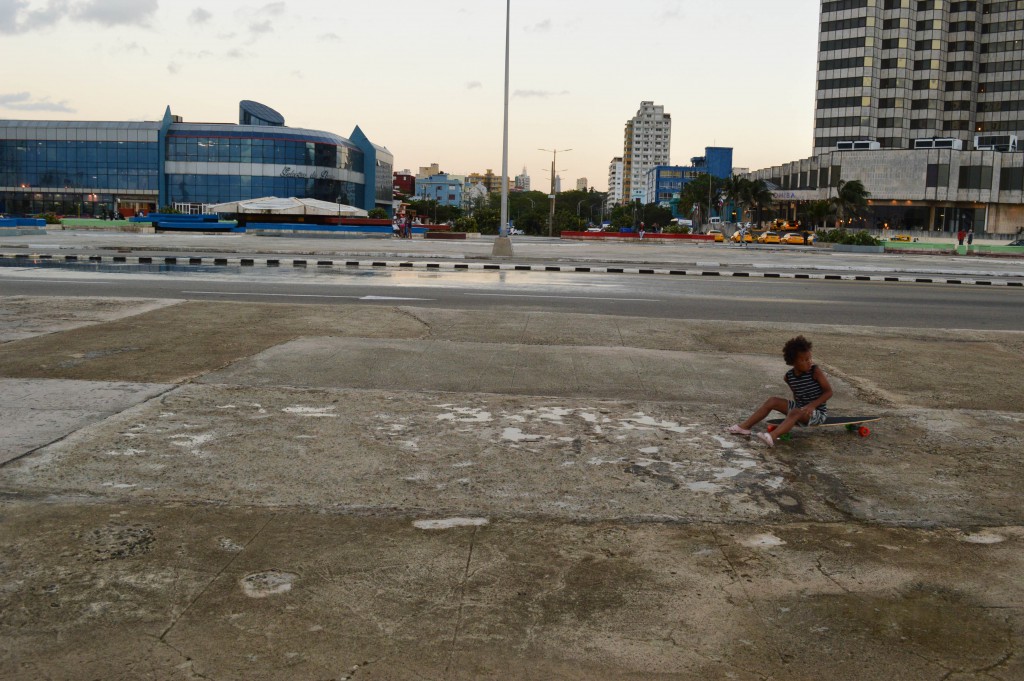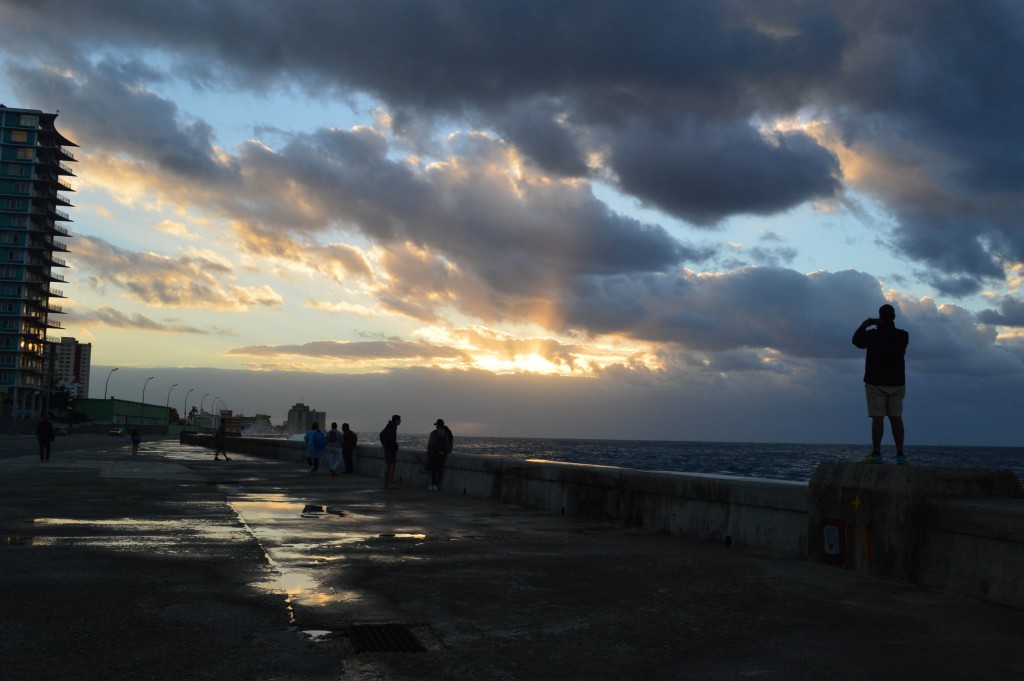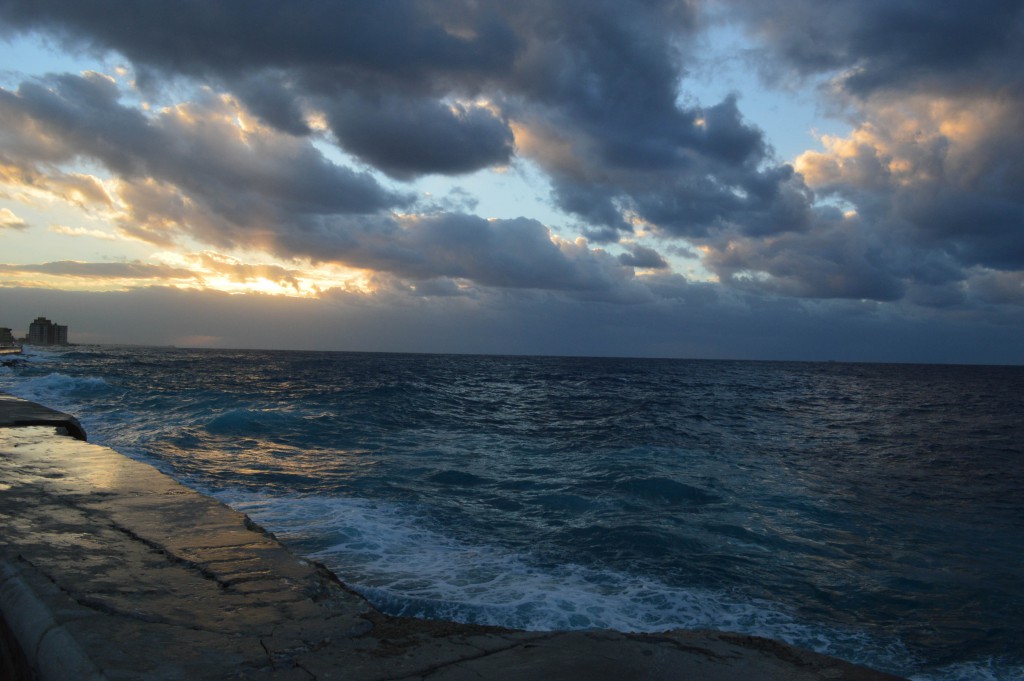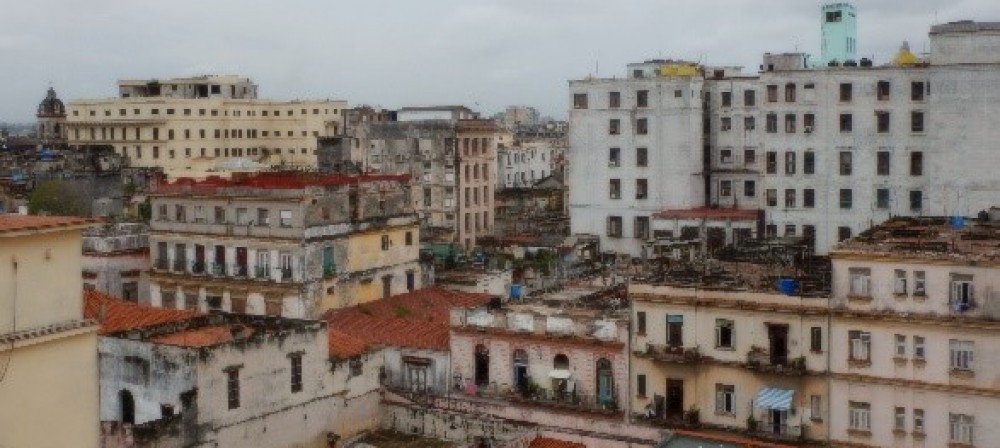With eleven inches of snow on the ground back home, it seems unjust to complain about the temperature on this small island in the Caribbean. But it was indeed another (I admit, relatively) chilly day here in Havana. We started off our day a little earlier than usual, eager to arrive at the Centro de Estudious Martianos (or CEM, as we call it in the business). Awaiting us was a lecture on the history and evolution of education in Cuba, delivered by none other than Senora Ana Sanchez, the director of CEM herself.

As it turns out, Cuban education has several nuances none of us would have anticipated. In 1959, before the Triumph of the Revolution, the Cuban education system was in utter disarray. With only three universities nationwide, a low education budget, ludicrous amounts of corruption in the Ministry of Education, and an average level of school completion of third grade, the distress of the education system was not far behind that of the social and political structure. After seizing control in the Triumph of the Revolution, Fidel Castro declared that the future of Cuba had to be the “future of men of science and thinking”, and began to establish massive educational reforms throughout Cuba. Today, through the efforts of the Cuban government, Cuba now has 48 universities, an illiteracy rate of only 7.2%, and a school attendance rate of 99.3% in children between 6 years and 11 years old.

One aspect of Director Sanchez’s lecture that stood out to me was her description of how the United States is portrayed in Cuban education. In U.S. classrooms, Cuba is mentioned in context of three other topics – Fidel Castro as a historical figure, the Cuban Missile Crisis, and the Bay of Pigs Invasion. But the Cuban academic curriculum takes their portrayal of their longtime political enemy a step further. According to Director Sanchez, the United States history is taught with a focus on its origin, the American Revolution, and the Industrial Revolution. However, the intriguing part is that, when teaching students about the United States, a very clear distinction is made between the U.S. people and the U.S. government. This is a philosophy we have heard many times from a wide variety of Cubans, and it gives me great hope for a future of peaceful relations between our two countries.

Later this afternoon we had a couple of hours of elusive free time, so we wandered 23rd Street, taking in the sight of the shops, restaurants, and homes lining both sides. There was a noticeable distinction between many of these establishments and those we often see on the more traditionally tourist streets – you can often tell with little more than a glance if they deal in CUC (Cuban convertibles) or CUP (moneda nacional). It was intriguing to walk through this area and see the contrast from our normally-traveled path.

After 23rd Street, we meandered down Paleo en route to the Malecón, where the ocean waves were slamming the wall and exploding upward with force and vigor. The ocean was in great upheaval as far as I could see, and they rolled in a dark blue, turning turquoise as they neared the stone wall. Some of the waves hit the Malecón with such force that they flooded the drainage system under the street and exploded up through the manholes, rocketing the manhole covers airborne, flying over to the other side of the median. We gave that area a wide berth when departing for the Residencia. Later in the evening, as the expansive dinner Carlos fed us began to make us feel sleepy, several of us sat on the terrace and told jokes until we were laughing too hard to speak.

And that is what I believe this trip has been all about: learning how to coexist peacefully and joyously with those with many differences. Cuba has taught me much about what it means to be part of a community, on both a minute and a global scale.
